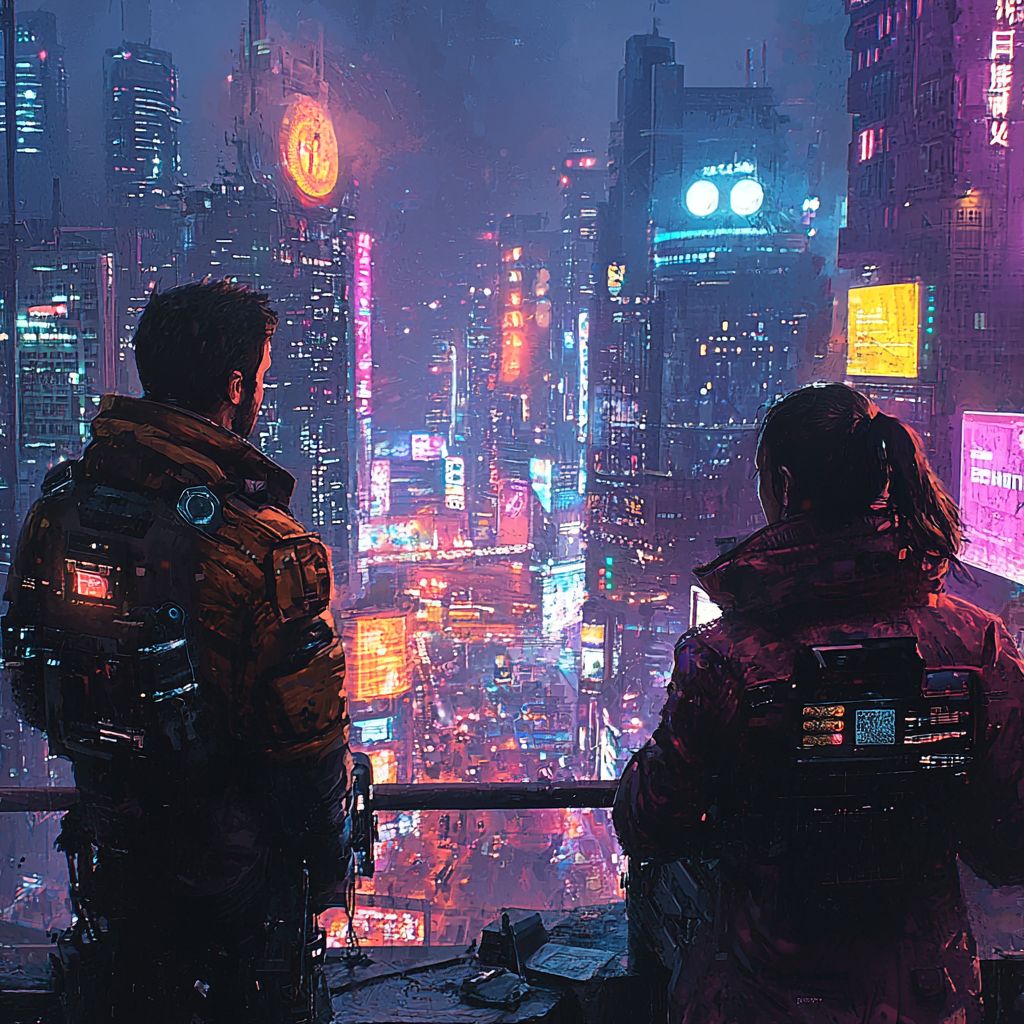Writers often wrestle with unknowns. Characters act in surprising ways, plot lines diverge, or a beloved theme fades halfway through a draft. While the unknown can breed anxiety, it can also lead to clarity if you shift your perspective. Imagine sifting through old letters in a dusty attic—some are incomplete, others cryptic. Yet each letter holds a kernel of truth about the sender. Writing can be similar: each draft, each note, each hidden concept shapes your larger understanding of what you are creating.
Sometimes, you find a letter that changes your entire understanding of the story. In that moment, the unknown realms of your work become more than just problems to solve; they become catalysts for insight. By embracing the uncharted letters hidden within your writing, you draw closer to the core of your story’s meaning, forging stronger connections for both you and your readers.
“Uncharted letters” symbolize every unexplored idea, tangential note, or half-written snippet of dialogue you set aside while drafting. These can accumulate in notebooks, digital files, or even mental back-channels. Rather than ignoring them, consider them pieces of a treasure map. Each fragment reveals a clue. Sometimes you discover a deeper emotional beat for your protagonist, or a subplot that clarifies your main conflict. The unknown stops being an obstacle and becomes a font of possibilities. Anyone who has piles of old notes, ideas scrawled in margins, or entire folders labeled “random stuff” is primed to benefit. Even if you’re methodical about plotting, there’s likely a trove of sketches or throwaway lines you once abandoned. Writers who thrive on spontaneity may find that rummaging through old scribbles can spark a brand-new direction. Meanwhile, planners can use these letters to fill gaps they never realized existed in their outlines.
- Gather The Fragments: Pull together your half-finished scenes, random paragraphs, character doodles—whatever you’ve saved but never used.
- Skim For Sparks: Read them quickly, looking for any phrase or concept that resonates. Don’t force a connection; just note what intrigues you.
- Ask ‘What If?’: When something leaps out at you, explore it. If you find a snippet describing a character’s phobia, maybe that fear belongs to your current protagonist. If there’s a cryptic reference to a lost city, consider weaving it into your main plot as a hidden locale.
- Refine And Integrate: Once you spot a gem, polish it. That might mean rewriting a paragraph or simply noting how it fits a larger scene. Let these uncharted letters merge seamlessly into your latest draft.
- Discard Guilt-Free: Not every old note is a gold mine. If a snippet truly doesn’t connect, let it go. The act of discarding can be liberating, making room for what truly matters.
Writing is often likened to a journey, but rarely do we acknowledge the side paths we skip or the dusty signposts we never follow. These uncharted letters capture the spirit of those detours. By revisiting them, you not only expand your story’s potential, you also deepen your own engagement. The unknown is no longer a void; it’s a place where dormant ideas can spark something extraordinary. This process can reinvigorate your passion and sharpen your narrative focus.
Pick at least three old notes or ideas you’ve abandoned. Read them carefully and ask, “What does this reveal about my current project or my evolving style?” Merge at least one fragment into your next scene, giving it a fresh lease on life in your new work.








